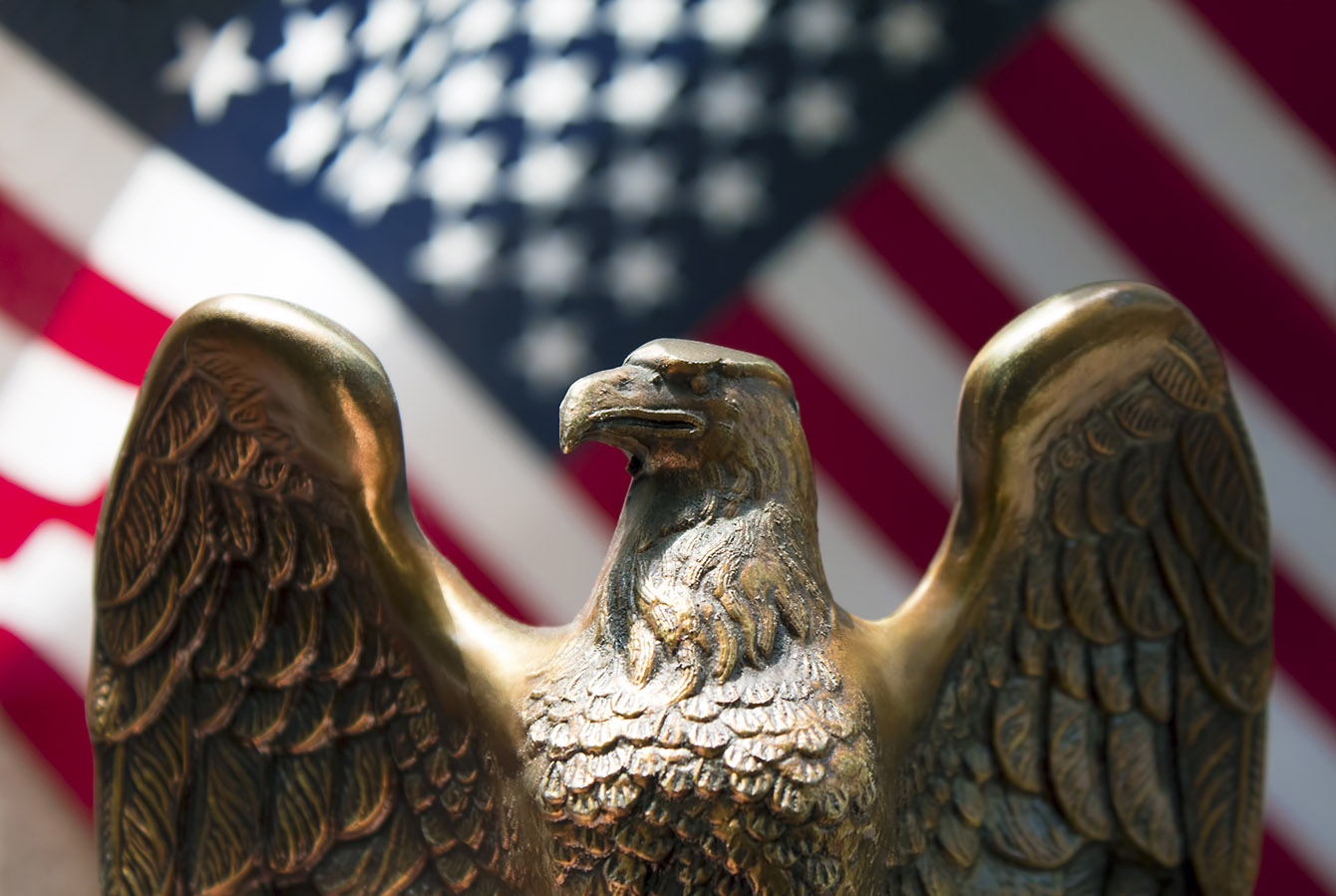There is a VA program out there that a lot of people do not know about, but should. It is called the VA Pension Program and it is for veterans and the surviving spouses of veterans. The Program allows a cash benefit that the Department of Veterans Affairs (VA) pays to wartime veterans or their surviving spouses who have limited or no income and who are at least 65 years old or, if under 65, are permanently or completely disabled. Applicants can receive increased benefits, called Aid & Attendance, if they need in–home care, are in an assisted living facility or a nursing home. The VA Pension Program is not dependent upon a “service-connected” disability.
To be able to apply for this benefit you, or your deceased spouse, must be a wartime veteran. That means that the veteran served at least 90 days of active duty (active duty after September 7, 1980, generally requires service of at least 24 months or the full period for which called or ordered to active duty). Additionally, at least 1 of those active duty days had to be during wartime. The dates for the different periods of war are: WWII – 12/7/41 to 12/3/46 (or in some cases to 7/25/47); Korea – 6/27/50 to 1/31/55; and Vietnam – 8/5/64 to 5/7/75 (or in some cases beginning 2/28/61). Lastly, the veteran had to have been discharged other than dishonorably.
Besides the service criteria above, the applicant’s household countable income must be below the maximum pension rate amount set by VA, a figure that changes almost every year. The Program’s rules allow an applicant to deduct “unreimbursed medical expenses” from household income to obtain his or her countable income. This means that sometimes, when unreimbursed medical expenses are high enough, an applicant can actually have a negative income. For example, a veteran is in an assisted living facility which costs $3500/mo. His only income is his Social Security benefit which is $2500/mo, causing him to use his savings to help pay for the facility each month. For the Pension Program, this veteran has a –$1000 income. An applicant with an income of $0 or less would be entitled to the maximum VA benefit.
Besides income, the VA also looks at net worth to determine if an applicant qualifies for the benefit. As of now, there is no set limit for assets. The VA decides on a case-by-case basis using certain criteria. The home, a car, household and personal items are exempt and are not counted toward the applicant’s assets.
For 2016, the maximum monthly Aid & Attendance benefits are:
- single veteran – $1,788
- married veteran – $2,120
- surviving spouse – $1,149
The VA Pension Program can be a valuable source of funds to help pay for services when an individual can longer perform daily activities without assistance. The firm’s elder law attorney, Elizabeth P. Allen, can assist you in assessing your situation and the applicability of the VA pension Program.








Stay In Touch